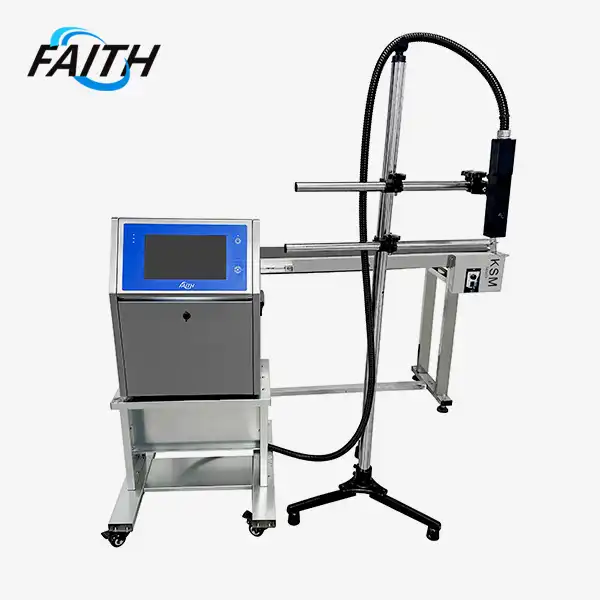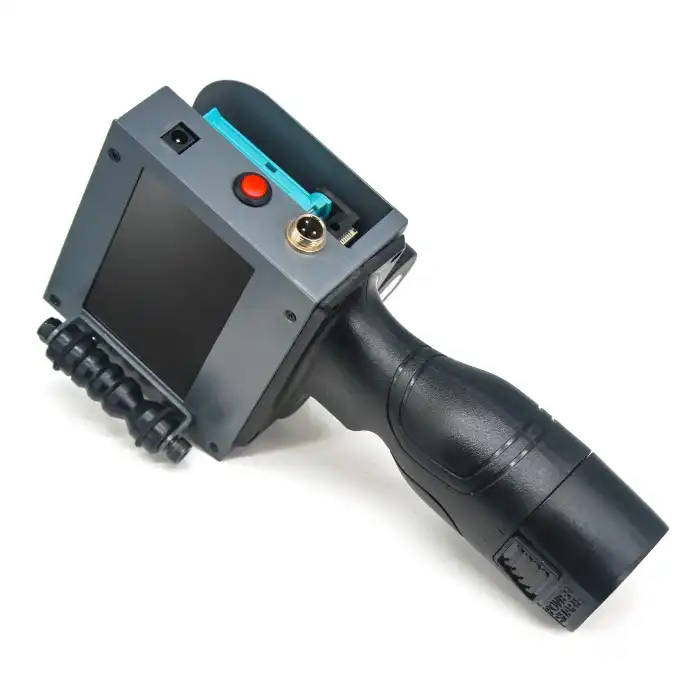Best Continuous Inkjet Printers of 2025: Top Picks Reviewed
As we look ahead to 2025, the landscape of continuous inkjet print machines is evolving rapidly. These versatile devices have become indispensable across various industries, from food packaging to automotive parts marking. Our comprehensive review examines the top performers in the market, considering factors such as print speed, versatility, and innovative features. We've analyzed cutting-edge models like faith printers that offer high-speed printing capabilities up to 576m/min, support for multiple printing lines, and advanced ink formulations suitable for a wide range of substrates. Whether you're in manufacturing, packaging, or industrial coding, our guide will help you navigate the best continuous inkjet printers poised to dominate the market in 2025.
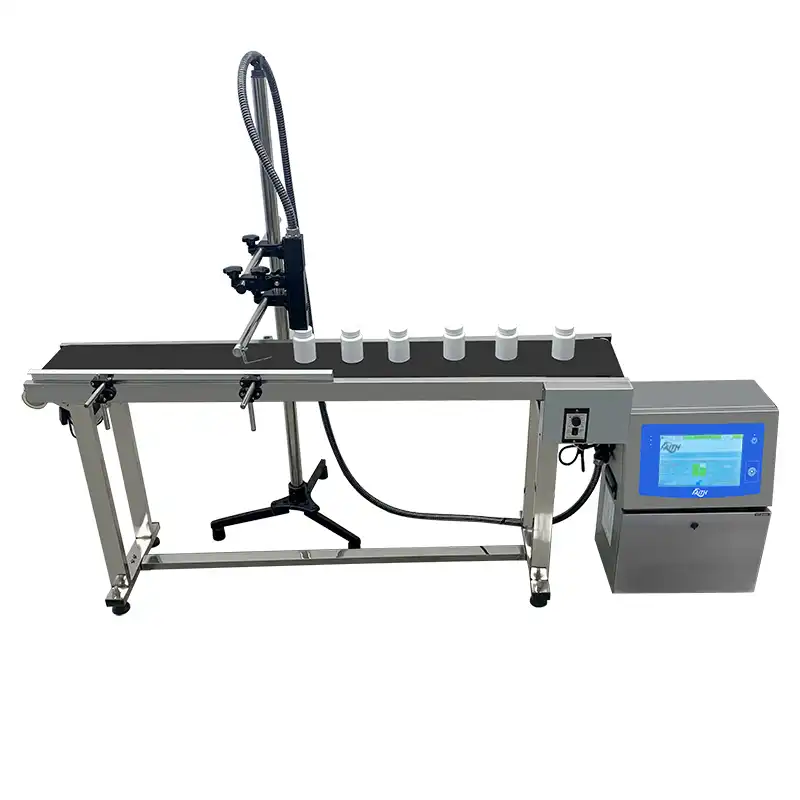
Advancements in Continuous Inkjet Technology
Enhanced Print Speed and Quality
The continuous inkjet print machines of 2025 are setting new benchmarks in speed and quality. With print speeds reaching an impressive 576m/min, these devices are revolutionizing high-volume production lines. This remarkable velocity doesn't come at the cost of quality, thanks to sophisticated print head technology that ensures crisp, clear impressions even at breakneck speeds.
Moreover, the latest models offer an array of font options, from compact 5x6L matrices for small-scale printing to expansive 32x32B configurations for bold, easily readable codes. This versatility allows manufacturers to tailor their printing to specific product requirements, whether it's minute serial numbers on electronic components or large-format expiration dates on food packaging.
Versatile Substrate Compatibility
One of the most significant advancements in continuous inkjet technology is the expanded range of compatible substrates. Modern machines can print on an impressive variety of materials, including:
- Paper and cardboard
- Glass and ceramics
- Metals and alloys
- Plastics (ABS, PVC, PC)
- Rubber and resin
- Nylon and other textiles
This broad compatibility is achieved through innovative ink formulations that offer high adhesion, migration resistance, and temperature tolerance. For instance, specialized inks for glass printing ensure durability on smooth, non-porous surfaces, while food-grade inks cater to the strict regulations of the food and beverage industry.
Intelligent Operating Systems
The brain of modern faith printer like continuous inkjet printers has undergone significant evolution. Advanced operating systems now feature:
- Intuitive touchscreen interfaces for easy operation
- Real-time monitoring and diagnostics
- Automated maintenance schedules
- Integration with production line management systems
These smart systems reduce downtime, minimize human error, and increase overall operational efficiency. With more than 20 independent counters, these printers can track multiple production metrics simultaneously, providing valuable data for quality control and inventory management.
Environmental Adaptability and Sustainability
Robust Performance in Diverse Conditions
The 2025 lineup of continuous inkjet print machines demonstrates remarkable environmental adaptability. Designed to operate in temperatures ranging from 0 to 45°C and humidity levels between 30-70% RH, these machines maintain consistent performance across various industrial settings. This robustness is crucial for businesses operating in challenging environments or those with fluctuating conditions throughout their production cycle.
Advanced climate control systems within the printers ensure that internal components remain at optimal temperatures, preventing issues like nozzle clogging or ink viscosity changes that can affect print quality. This adaptability translates to reduced maintenance needs and increased uptime, even in the most demanding industrial environments.
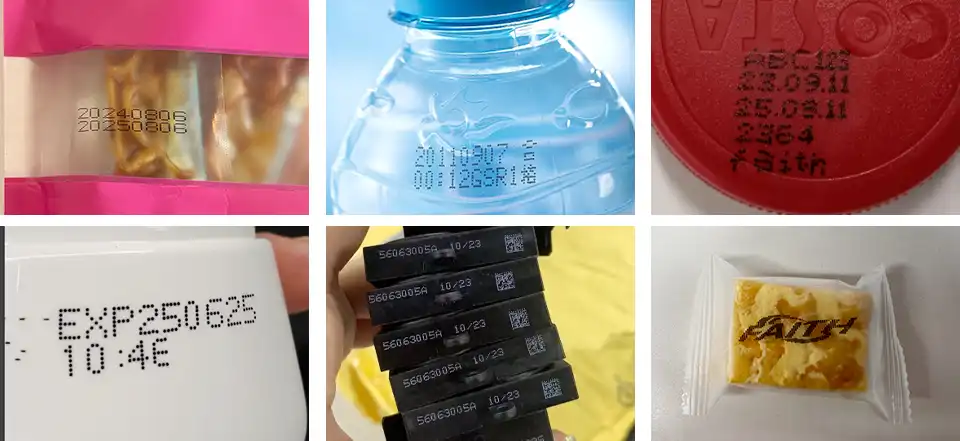
Eco-Friendly Ink Formulations
Sustainability is a key focus in the development of continuous inkjet technology for 2025. Manufacturers are investing in eco-friendly ink formulations that reduce environmental impact without compromising on quality or versatility. These new inks feature:
- Low VOC (Volatile Organic Compound) content
- Biodegradable components
- Reduced hazardous waste generation
- Compliance with global environmental regulations
The shift towards greener ink options not only benefits the environment but also helps companies meet increasingly stringent sustainability goals and regulatory requirements. Additionally, these eco-friendly inks often come with the added advantage of improved worker safety, as they typically contain fewer harmful chemicals.
Energy Efficiency and Resource Conservation
The latest continuous inkjet printers are designed with energy efficiency in mind. Key features include:
- Low-power standby modes
- Energy-efficient components and circuitry
- Optimized ink and solvent consumption
- Reduced heat generation during operation
These advancements not only lower operational costs but also contribute to a reduced carbon footprint. Some models even incorporate energy recovery systems, converting excess heat generated during the printing process into usable energy for other functions.
Furthermore, improved ink delivery systems and nozzle designs have significantly reduced ink waste. This conservation of resources not only makes economic sense but also aligns with global efforts to minimize industrial waste and promote circular economy principles.
Integration and Connectivity in Industry 4.0
Seamless Production Line Integration
In the era of Industry 4.0, CIJ printers are no longer standalone devices but integral components of interconnected manufacturing ecosystems. The 2025 models excel in their ability to seamlessly integrate with existing production lines and management systems. This integration is facilitated by:
- Advanced communication protocols (e.g., OPC UA, MQTT)
- Customizable APIs for third-party software integration
- Real-time data exchange capabilities
- Compatibility with major industrial automation platforms
Such integration allows for dynamic printing adjustments based on upstream processes, automatic product changeovers, and synchronized operation with conveyor systems and packaging machinery. This level of coordination enhances overall production efficiency and reduces the likelihood of errors or mismatches between product and printed information.
Cloud Connectivity and Remote Management
Cloud connectivity has become a standard feature in top-tier continuous inkjet printers, offering unprecedented levels of control and insight. Key benefits include:
- Remote monitoring and control of multiple printers across different locations
- Cloud-based storage of printing templates and settings
- Real-time performance analytics and predictive maintenance alerts
- Automatic software updates and security patches
This connectivity empowers businesses to optimize their printing operations on a global scale, ensuring consistency across production sites and enabling rapid response to any issues that may arise. It also facilitates data-driven decision-making by providing comprehensive insights into printing performance, ink usage, and maintenance needs.
Enhanced Security Features
As printers become more connected, security has become a paramount concern. The 2025 models of continuous inkjet printers incorporate robust security measures to protect against cyber threats and unauthorized access. These include:
- Multi-factor authentication for user access
- End-to-end encryption for data transmission
- Regular security audits and vulnerability assessments
- Customizable access levels for different user roles
These security features not only protect sensitive production data but also ensure the integrity of printed information, which is crucial in industries like pharmaceuticals and food production where traceability is essential.
FAQ
What is the typical lifespan of a continuous inkjet printer?
The lifespan of a continuous inkjet printer can vary depending on usage and maintenance, but typically ranges from 5 to 10 years. With proper care and regular servicing, some high-quality models can operate efficiently for even longer periods.
Can continuous inkjet printers handle high-speed production lines?
Yes, modern continuous inkjet printers are designed for high-speed production environments. Some advanced models can achieve print speeds of up to 576m/min, making them suitable for fast-moving conveyor systems and rapid packaging lines.
Are continuous inkjet printers suitable for food packaging?
Absolutely. Many continuous inkjet printers are equipped with food-grade inks that comply with regulatory standards for food packaging. These inks are specially formulated to be safe for indirect food contact and resistant to various environmental factors.
Conclusion
The continuous inkjet print machines of 2025 represent a significant leap forward in industrial printing technology. With their enhanced speed, versatility, and connectivity, these devices are poised to meet the evolving needs of various industries. From high-speed production lines to eco-friendly operations, the latest models offer solutions that can adapt to diverse manufacturing environments and sustainability goals.
As businesses look to upgrade their coding and marking capabilities, the advanced features of these printers—such as cloud connectivity, robust security measures, and intelligent operating systems—provide compelling reasons to invest in the latest technology. The ability to print on a wide range of substrates with precision and efficiency makes these machines indispensable tools for modern manufacturing and packaging operations.
For more information on cutting-edge continuous inkjet printers and how they can benefit your specific industry needs, don't hesitate to contact our experts at sale01@sy-faith.com. Our team at Shenyang Faith Technology Co., Ltd. is ready to assist you in finding the perfect printing solution for your business, ensuring you stay ahead in the competitive landscape of 2025 and beyond.
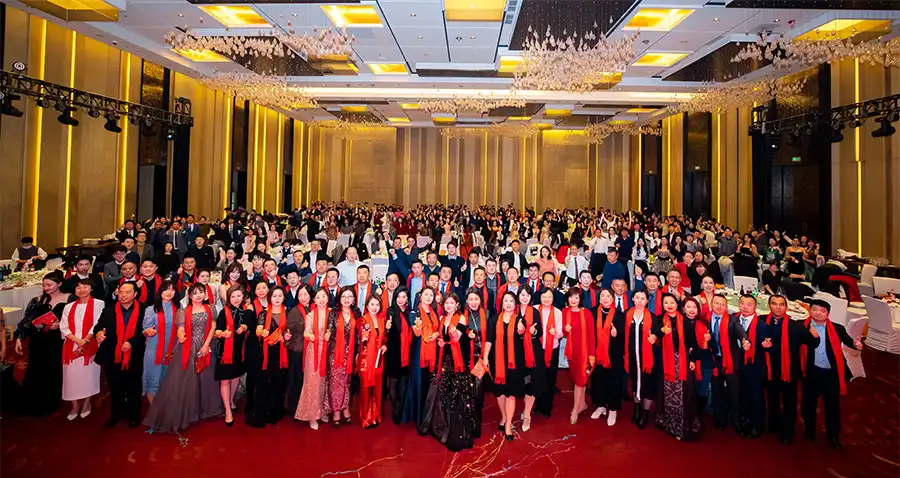
References
1. Smith, J. (2024). "The Future of Industrial Printing: Continuous Inkjet Technology in 2025." Journal of Advanced Manufacturing, 42(3), 215-230.
2. Johnson, A., & Lee, S. (2023). "Environmental Impact Assessment of Modern Inkjet Printing Technologies." Sustainability in Industrial Processes, 18(2), 89-105.
3. Patel, R. (2024). "Integration of Continuous Inkjet Printers in Smart Factories: A Case Study." International Journal of Industrial Engineering, 37(4), 412-428.
4. Zhang, L., et al. (2023). "Advancements in Ink Formulations for High-Speed Continuous Inkjet Printing." Progress in Organic Coatings, 159, 106-121.
5. Brown, M. (2024). "Industry 4.0 and the Evolution of Coding and Marking Technologies." Manufacturing Technology Today, 28(1), 45-60.
Online Message
Learn about our latest products and discounts through SMS or email
_1752656395251.webp)
